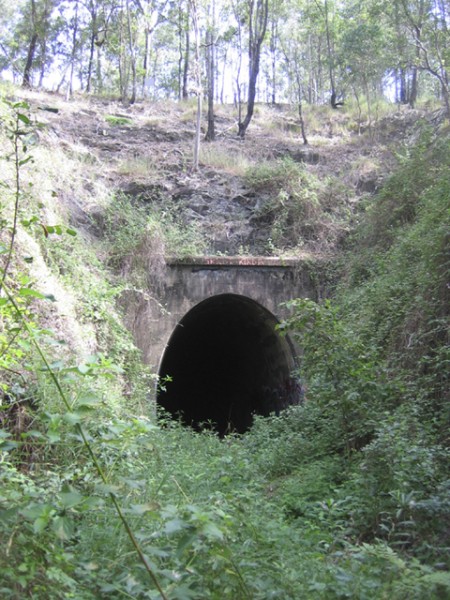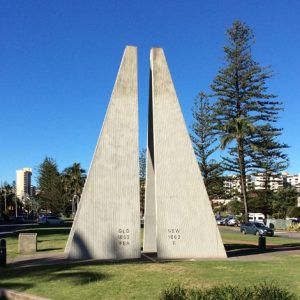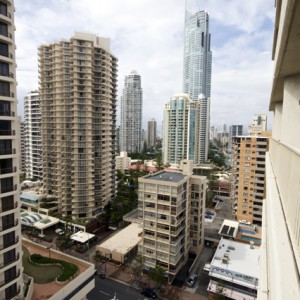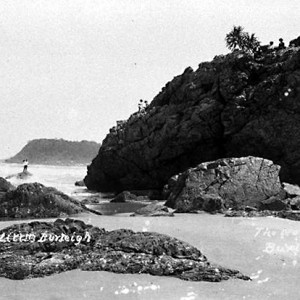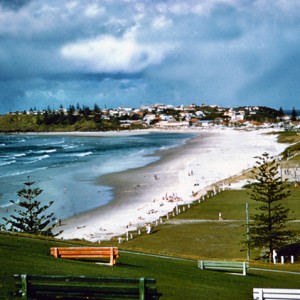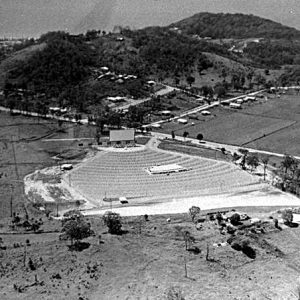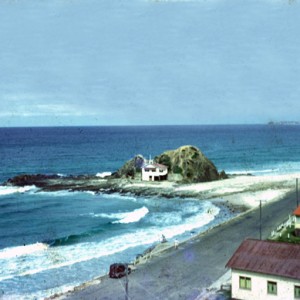
The Ernest Junction Railway Tunnel, also known as the Molendinar Railway Tunnel, was constructed in 1888 and is a remnant of the original South Coast railway line.
The initial South Coast line opened in 1889 and proceeding from Beenleigh, included stops at Yatala, Stapylton, Ormeau, Pimpama, Coomera, 39 Mile Platform (Oxenford), Helensvale, Coombabah, Ernest Junction and Southport.
The second branch of the South Coast line opened in 1903 and stretched from Ernest Junction to the Queensland-New South Wales border. Stops included Benowa, Molendinar, Nerang, Worongary, Mudgeeraba, Reedy Creek, West Burleigh, Elanora, Currumbin, Tugun, Bilinga, Kirra, Coolangatta and Tweed Heads.
The junction at Ernest was named after Member of Parliament Ernest J. Stevens, and the section of alignment and tunnel, is a rare surviving example of 19th century railway engineering on the Gold Coast.
At the time of construction, the tunnel was described as being 121 yards (111 metres) long and 75 feet below the ridge above it. It was cut through hard-slate and was built with a right hand curve. As a result it is not possible to see directly through the tunnel from the western entry. The ridge which the tunnel passed through was known as ‘Tunnel Hill’. After passing through the tunnel, the trains travelled through the junction and onto Southport.
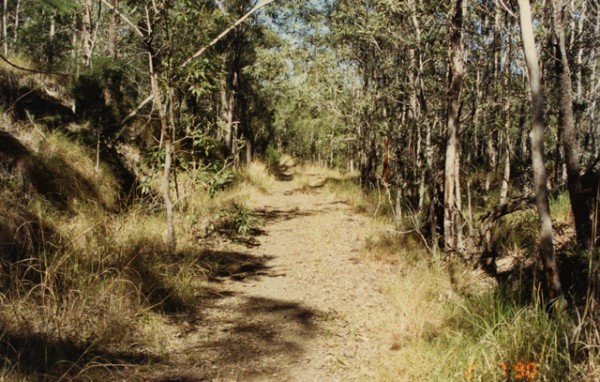
The old South Coast Railway line near the Ernest Junction tunnel, 2 July 1990. Photographer J Friedman
In 1931 a report of gold was made in the vicinity of the tunnel and a claim was pegged by Mr F. W. Schilnker.
The last passenger train to Southport, and the other stations south of Beenleigh, departed South Brisbane at 5.40pm on 30 June 1964. The people travelling on this train were the last rail passengers to travel this route. Normally this train would remain overnight in Southport however, on this occasion the train was returning in the evening and a number of people took the train for the special and last passenger round trip.
The final train to leave Southport was a goods train which departed at 8.35pm. One of its last tasks was to pick up seats and similar items from the stations south of Brisbane on its way north. It was the last train to travel through the tunnel.
While the tunnel went out of use in 1964 with the closure of the South Coast Line, in later years it was reportedly used commercially to grow mushrooms.
Sources of information and further reading
- Kerr, John and Armstrong, John. Destination Sth Brisbane: an illustrated history of the Southside Railways. Brisbane: Australian Railway Historical Society, 1978.
- Arundell, Alan. The South Coast Railway: a history of growth and transport on the Gold Coast. Brisbane: Water Street Productions, 2011.
- Southport Railway, Logan Witness, 2 Feb 1889, p. 3. http://nla.gov.au/nla.news-article163894237
- “Find near Southport.” Queensland Times, 3 Aug 1931, p. 8. http://nla.gov.au/nla.news-article116141986
- Gold Coast Local Heritage Register. http://www.goldcoast.qld.gov.au/documents/bf/local-heritage-register-a-m.pdf
